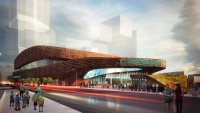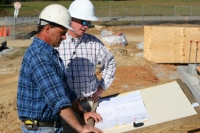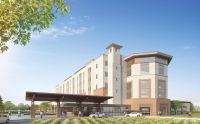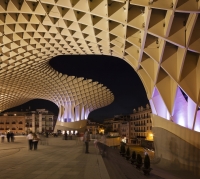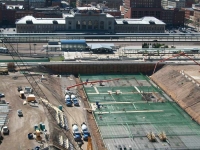The Impact of BIM on Construction Law
Wed, Dec 07, 2011From green building to Building Information Modeling (BIM), new technologies are changing the construction game and changing it fast. What legal and contractual protections can be put in place as the workplace adopts these technologies?
There�s no question that, in the design and construction industries, Building Information Modeling (BIM) is what�s termed a �disruptive technology.� Since the 1980s, when PCs finally became affordable enough for architectural practices to begin to bring them to bear on design, computing power has become ubiquitous and increasingly influential on budgeting, programming, design, and construction.


